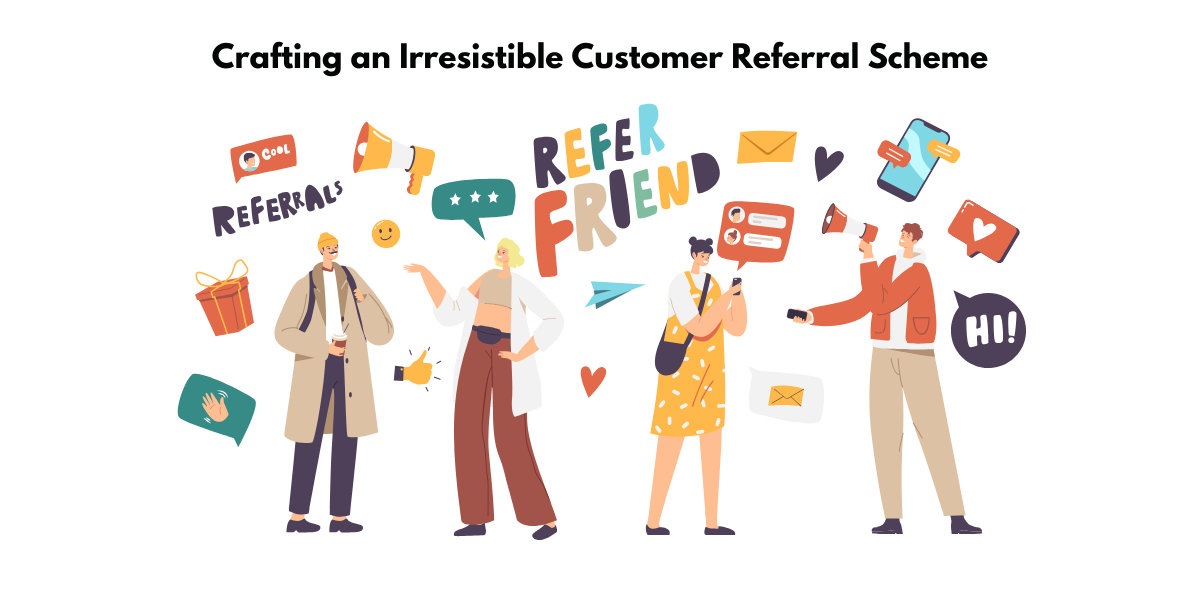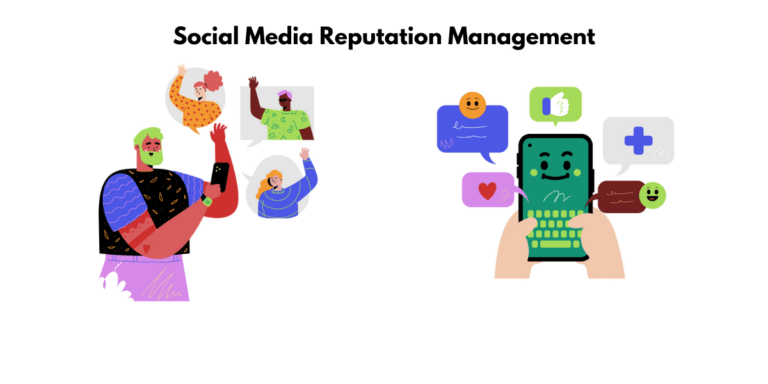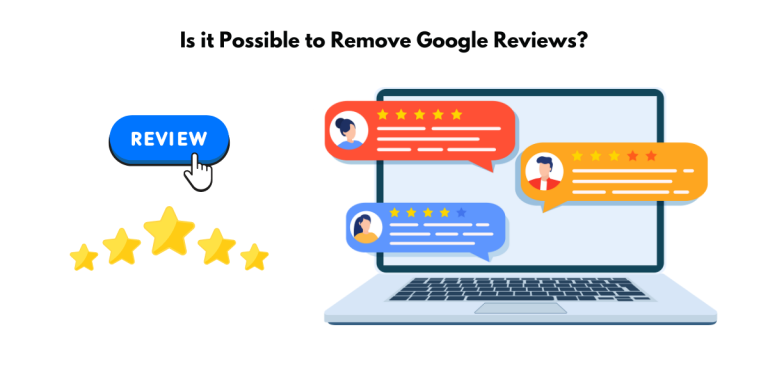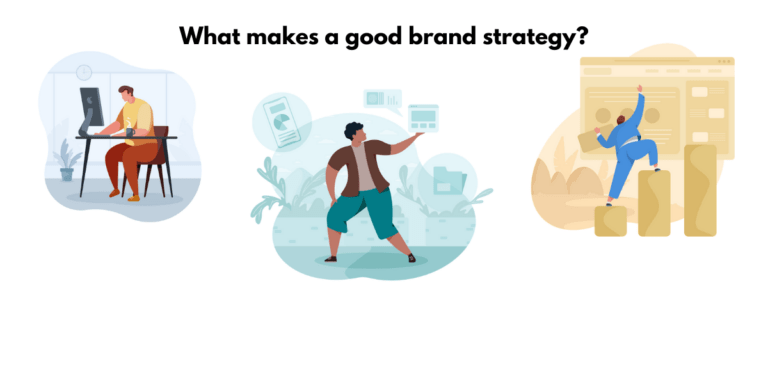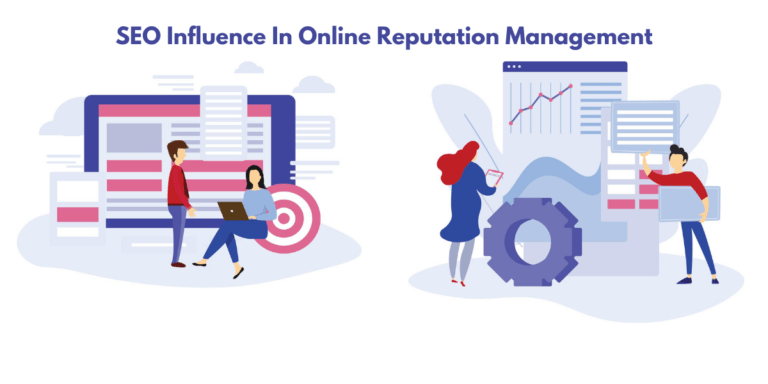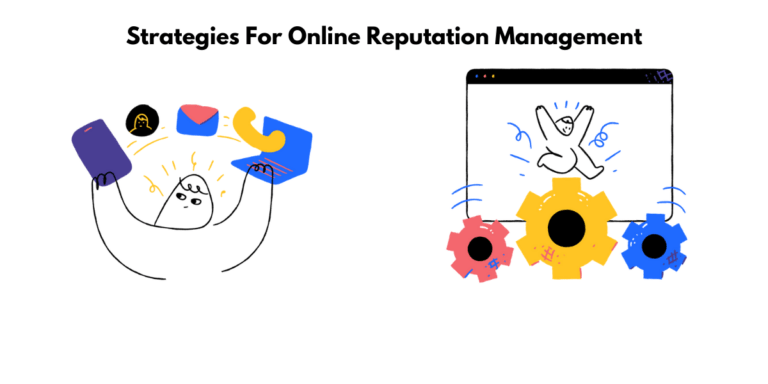Laying the Groundwork for Success
Define Your Customer Referral Program Goals
To ensure your referral program propels you toward success, begin by crystalizing your aspirations. Fancy boosting sales? Or maybe reeling in fresh leads tickles your fancy? As you pinpoint what you’re aiming for—be it growth, retention, or bolstering customer trust—carve your strategy accordingly. Cast a laser focus on achievable, quantifiable targets, like increasing sales by x% through referred purchases within a quarter. This approach streamlines your referral journey, steering you with a clear compass towards your North Star.
Understanding Your Audience and What Motivates Them
Diving deep into the psyche of your customers pays off! Unearthing the ‘whys’ behind their choices—why they opt for your product over the competition, and which incentives make them rave about you—sheds light on their true desires. Wield analytics tools, like Shopify’s, to decode their habits and preferences, ensuring your referral program strikes a chord. When you align rewards with their values, that’s when the magic happens. They’ll not only snag those rewards but also become brand ambassadors, inspired to share your excellence with like-minded pals.

Architecting a Compelling Reward Structure
Understanding Your Audience and What Motivates Them for Successful Referral Programs
In selecting rewards that resonate with your customers, you strike a chord that encourages them to sprinkle word of your brand far and wide. The key is variety and personalization; not every customer will be jazzed about the same carrot. From exclusive discounts to early access to new releases, you can cater to the diverse tastes of your audience. Feel free to shake things up over time, too. This keeps your program lively and customers curious about what’s next. Remember, the perfect reward isn’t just a freebie—it’s an experience that deepens connection to your brand.
Best Incentive Example: A Rewarding Point System
- Why it’s best: It transforms every referral into a tangible benefit and lets customers choose their own rewards.
- Top 5 features: Accumulative points, variegated redemption options, personalized rewards, no expiry, refer-a-friend bonus.
- Five benefits: Customizable customer experiences, encourages repeat engagement, enhances customer value, flexible reward options, fosters brand loyalty.
- Two cons: Can require extensive program management, may not attract one-time customers.
- Best for: Businesses with a diverse customer base and a strong online presence, seeking to build a loyal community around their brand.
How Tiered Rewards Can Enhance Engagement
Tiered rewards are like the game that folks just can’t stop playing—they foster a sense of progress and pique interest. With each new level, your customers unlock a fresh bounty, making the next referral a no-brainer. It’s all about upward movement; the more they refer, the sweeter the pot. Couple this with a dash of exclusivity, like VIP status or elite services, and you’ve got a recipe that turns your customers into eager advocates, gunning for that next big win.

The Nuts and Bolts of Referral Program Design
How Tiered Rewards Can Enhance Engagement in Client Referral Programs
Make sure to detail the perks for sharing the love, both for the referrer and the referred. Tools that make sharing a snap, such as SMS and social media buttons, should be front and center, alongside a nifty form to shoot off a referral post-haste. Wouldn’t hurt to pop in a pre-crafted message, making it a cinch for your customers to sing your praises. A polished, user-friendly page not only gets your customers buzzing but also plants the seed for a flurry of fresh eyeballs on your brand.
Best Landing Page Feature Example: Quick-Share Functionality
- Why it’s best: Fast-track your referral process with a one-click sharing experience that simplifies advocacy.
- Top 5 features: One-click sharing to multiple platforms, personalized referral codes, clear display of rewards, mobile-responsive design, engaging visuals and copy.
- Five benefits: Boosts conversion rates, enhances user experience, accelerates referral dissemination, cultivates a modern, tech-savvy image, optimizes for campaign tracking.
- Two cons: May require regular updates to stay current, initial investment in development and design.
- Best for: Brands looking to maximize exposure and ease-of-use in their referral process, making it frictionless for customers to engage and refer.
Seamless Integration with Your Existing CRM
Imagine your referral program and CRM system in perfect harmony, making your marketing efforts as smooth as a well-oiled machine. By syncing your referral program with your CRM, you’re setting the stage for an almost effortless management of leads and customer interactions.
This integration empowers you to track referrals, manage follow-ups, and deliver rewards with precision and efficiency. The result? A referral program that feels like a natural extension of your brand’s relationship with its customers, ensuring your CRM’s treasure trove of data is put to good use, enriching the referral experience. And let’s not forget the automation perks: sending out referral links becomes a breeze in regular communications, saving you heaps of time.

Promoting Your Program Like a Marketing Maven
Seamless Integration with Your Existing CRM Through Customer Referral Software
When it comes to your referral program, don’t just whisper it out there—shout it from the digital rooftops! Think beyond the inbox; adorn your product packaging with tantalizing hints about your program, or slip it into conversation on live chat support. Why not spice up your “Thank You” page with a referral call-to-action post-purchase? Get creative with a referral contest on social media, rewarding the customer who rustles up the most referrals with a grand prize. All these tactics serve to embed your program into every facet of the customer journey, transforming regular interactions into referral generating touchpoints. Remember, each channel is a new stage for your program to perform its show-stopping act.
Best Innovative Promotion Example: Referral Contests on Social Media
- Why it’s best: They tap into the competitive spirit, inspiring sharing and engagement on a large scale.
- Top 5 features: Public leaderboard, social sharing functionality, alluring grand prizes, easy entry steps, periodic updates to maintain excitement.
- Five benefits: Maximizes reach and engagement quickly, boosts brand visibility, leverages user-generated content, encourages brand interaction, fosters community spirit.
- Two cons: Potential for overly competitive behavior, requires monitoring and fair play enforcement.
- Best for: Brands that thrive on high social media engagement and wish to amplify their reach quickly, with a community-building twist.
Amplifying Social Proof through Testimonials and Case Studies
Social proof is as potent as a customer’s stamp of approval on your brand. It’s the real-world thumbs-up that sways potential referrals to take the leap. Unleash the power of glowing testimonials and detailed case studies on your website, and you’ll witness the trust in your brand multiply. Your customers’ words, more so than your own marketing spiel, add a layer of authenticity that can’t be ignored. And when you highlight their success stories, you’re not just showcasing individual triumphs—you’re mapping out a narrative that new customers can envision for themselves. Remember to capture diverse experiences that reflect various aspects of your brand, as this will resonate with a broader audience.

Leveraging Technology to Supercharge Your Program
Amplifying Social Proof through Testimonials and Case Studies
Seek out solutions that come equipped with built-in analytics, so you can keep a watchful eye on KPIs and ROI. Sophisticated systems offer seamless referral link distribution, A/B testing capabilities, and effortless referral tracking. The pièce de résistance? A tool that not only tracks but translates data into actionable insights, helping you refine your program for peak performance. Opt for software that automates rewards and maintains the excitement with ongoing promotions, keeping your advocates engaged and motivated.
Best Tool Example: Referral Rock
- Why it’s best: Comprehensive and adaptable, regardless of your industry or referral program complexity.
- Top 5 features: Built-in analytics, customizable referral link distribution, A/B testing, automated reward triggers, referral tracking.
- Five benefits: Streamlines referral management, maximizes engagement through automation, provides clear insights for decision-making, supports a variety of program structures, integrates with CRM and email marketing tools.
- Two cons: May require a learning curve for setup, cost may be prohibitive for smaller businesses.
- Best for: Businesses of all sizes seeking a robust, all-in-one solution to spearhead their referral programs and gather deep insights to fuel continuous growth.
Making Referral Sharing Effortless with Mobile Optimization
You’re in on a secret: your customers are fond of their mobile devices and ready to spread the word about your brand with just a few taps. Craft a mobile-friendly referral experience and watch as they share their passion effortlessly. Ensure your referral program is crystal clear and easy to access—aim for a simple, clutter-free design and place a bold, bright call to action where no excessive scrolling is needed.
Whether it’s through social media, email, or text, provide multiple sharing options to increase the likelihood of those referrals coming in. A sweet touch is a one-click referral link, simplifying the whole process to a mere copy and paste action—something customers can do on-the-go without any hassle. By optimizing for mobile, you’re not just easing the referral process; you’re tapping into your customers’ lifestyle.
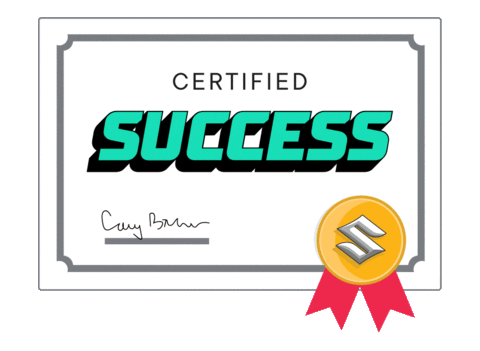
Measuring Success and Fine-Tuning Your Approach
Key Performance Indicators to Watch in Your Referral Program
To gauge the triumph of your referral program, keeping an eagle eye on certain metrics is essential. Participation rate will show you just how many are leaping aboard your referral program. Watch for the spike in referral rate, which indicates the ratio of referrals per customer, to get a sense of the overall enthusiasm. Then there’s the referral reach, telling you the breadth of your program’s influence. But the true litmus test is the referral conversion rate, revealing how many of these referrals are actually blooming into new customers. These numbers aren’t just figures; they’re the narrative of your program’s success and opportunities for enhancement.
Best KPI Example: Referral Conversion Rate
- Why it’s best: Indicates quality of leads and effectiveness of the program in terms of actual growth.
- Top 5 features: Calculation of converted leads, comparison with overall traffic, tie-in with sales data, tracking over time, segmentable by source and campaign.
- Five benefits: Demonstrates ROI, informs on customer acquisition costs, aids in fine-tuning marketing strategies, assists in identifying best advocates, crystallizes understandings of referral behaviors.
- Two cons: Can require deeper data analysis, may be influenced by external factors leading to fluctuations.
- Best for: Any business that values not just the number but the quality of new customers gained through referrals—a key aspect in sustainable business growth.
Continuous Improvement Through Analytics and Feedback Loops
Staying in constant dialogue with your metrics ensures your referral program never stagnates. Analytics empower you to track the pulse of your campaign with precision, spotlighting which strategies are hitting the mark and which need recalibration. Meanwhile, feedback loops get you valuable insights straight from the source—your customers.
Regularly soliciting their thoughts opens the door to improvements that resonate with their real-world experiences. This potent combo enables you to tweak your program iteratively for perpetual refinement and performance upgrades. Picture this dynamic process like a spiral, each loop elevating your program to previously uncharted heights.
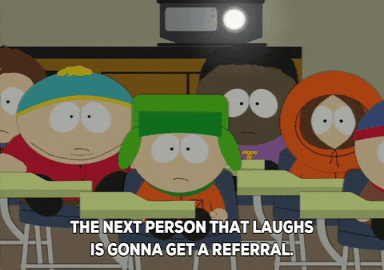
Summary
A customer referral program is a way for businesses to get their current customers to bring in new ones by telling friends and family about the company’s products or services. These programs often give rewards to customers who refer others.
To set up a successful referral program, companies need to think about who is already recommending them, why they are doing it, and what kind of new customers they want. They also need to decide how to tell people about the program, what rewards to offer, and how to keep track of referrals.
Rewards for referring people can be things like money, gift cards, discounts, or points. Some programs give rewards right away, while others wait until the new customer has been with the company for a certain amount of time. It’s important to make the process easy for customers so they are more likely to take part.
Businesses should use customer feedback to find out what rewards people like and promote the program through different channels, like social media and email. They should also focus on customers who are most likely to refer others based on their satisfaction with the company’s products or services.
Finally, companies need to manage the program carefully, making sure it’s easy for customers to refer others and that the system for giving out rewards works well. They should also measure how well the program is doing by looking at how many new customers are being referred and how happy those customers are.

